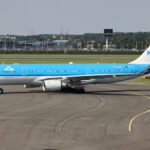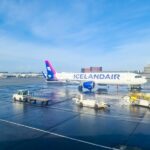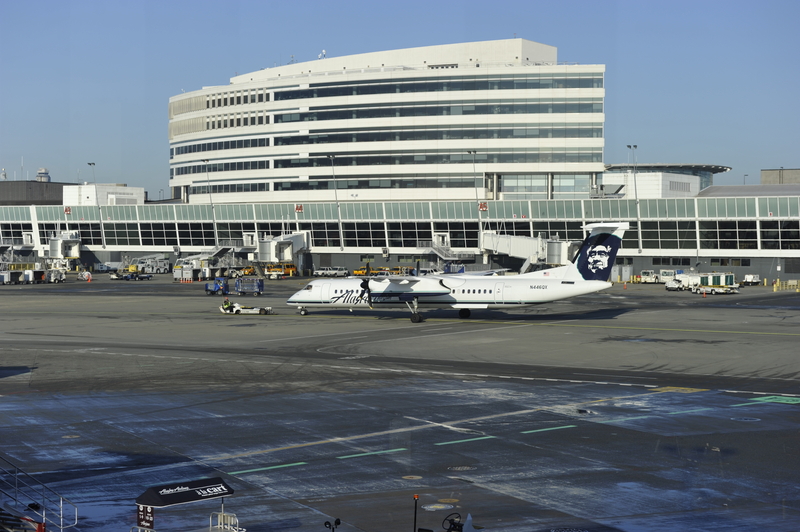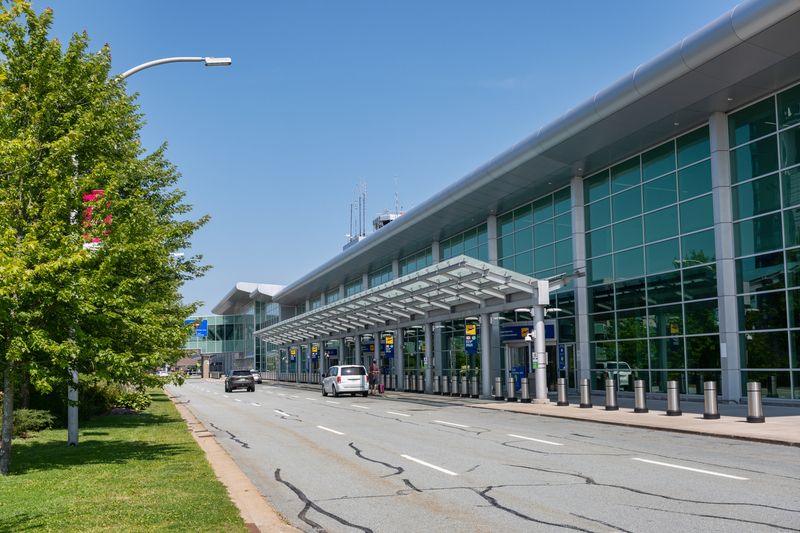Miami (MIA) Tries Again For Asia: County Orders A Full-Court Press On Nonstops To Tokyo And Singapore
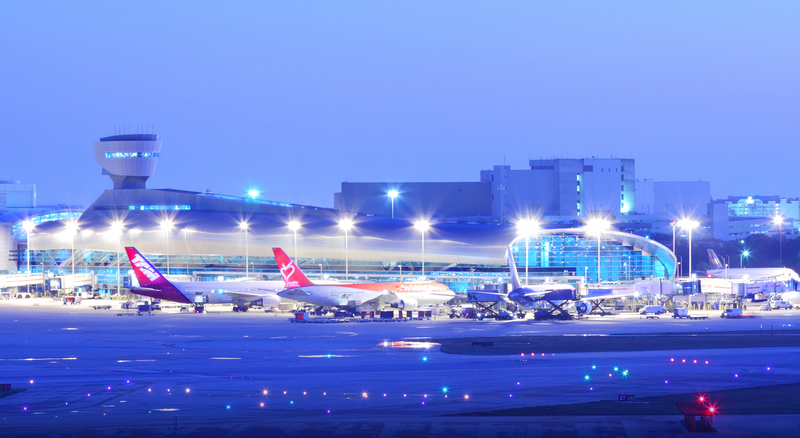
ID 35224701 © Brett Critchley | Dreamstime.com
Miami-Dade County is done waiting for Asia to come to South Florida. In a resolution adopted Oct. 16, the Board of County Commissioners directed Mayor Daniella Levine Cava to undertake all appropriate efforts to secure nonstop passenger service at Miami International Airport (MIA) to Tokyo (HND/NRT) and Singapore (SIN)—and to also pursue new nonstops to Asunción (ASU) and Riyadh (RUH). The measure requires regular progress updates to the Board, turning a long-standing wish list into a formal work plan.
What The County Asked For
The resolution instructs the Mayor’s office to evaluate feasibility and actively solicit flights from the appropriate carriers for the four target markets. It notes that while MIA has grown into a powerhouse for the Americas, the airport still has no nonstop passenger flights to any point in Asia, and that direct links to Tokyo and Singapore would materially benefit both tourism and corporate travel. On the Middle East front, the directive highlights that MIA has nonstops to Dubai (DXB) and Doha (DOH) but not to Riyadh (RUH). It also singles out Asunción (ASU) as a logical addition to MIA’s deep South America network.
Where MIA Stands Today
MIA’s route map is already broad: airlines serve roughly 170 routes, touching around 100 international airports, with dense coverage across South America, Central America, Mexico, the Caribbean, Europe, and the Middle East/Africa. Still missing is the first Asia nonstop.
Operationally, the airport is built for long-haul. MIA’s longest runway, 08R/26L, stretches 13,016 ft, providing the takeoff performance headroom widebodies need in hot, humid conditions. The airport handles tens of millions of passengers annually and already supports multiple daily long-haul widebody departures.
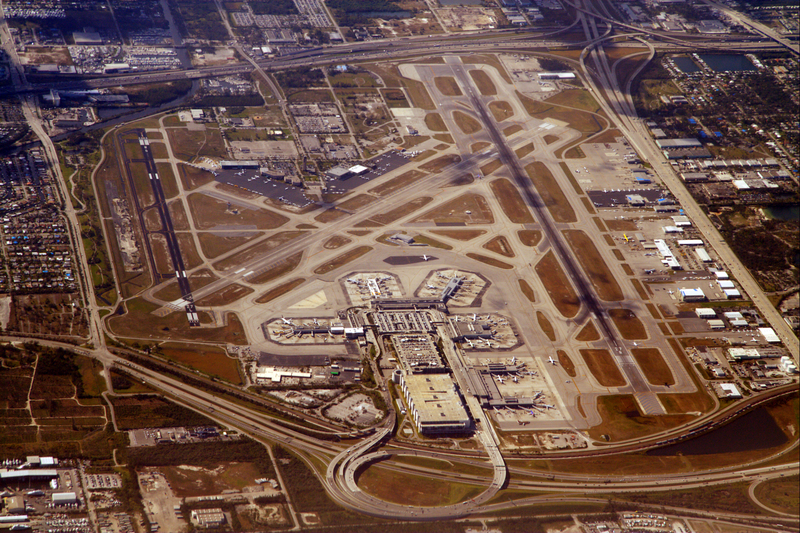
ID 639873 | Air © Celso Diniz | Dreamstime.com
Tokyo (HND/NRT): The Most Plausible Asia Starter
Why Tokyo makes sense: Miami is American Airlines’ primary Latin American hub, and Japan Airlines (JL) is AA’s trans-Pacific joint-business partner. A Tokyo–Miami nonstop would sit atop a deep web of connections across the Caribbean, Central America, and South America via MIA, giving JL (or All Nippon Airways, NH) a robust feed on both sides.
Likely aircraft:
-
Japan Airlines (JL) Airbus A350-1000 — JL’s long-haul flagship combines the range and premium density a HND/NRT–MIA mission demands, with modern cabins that play well in Miami’s premium-heavy market.
-
All Nippon Airways (NH) Boeing 787-9 — a proven long-thin route specialist with the endurance to cover the sector while maintaining cargo capability.
HND vs. NRT: HND is more slot-constrained but offers superior local access; NRT may be the practical launch point, with a shift to HND possible as slots evolve.
Singapore (SIN): A True ULH Stretch—But Technically Achievable
MIA–SIN would rank among the world’s longest sectors, firmly in ULH territory. The realistic tool here is Singapore Airlines’ (SQ) Airbus A350-900ULR, the variant tailored for ultra-long missions. The airplane’s payload/range profile and SQ’s ULH experience (e.g., the carrier’s New York services) make the mission technically feasible.
Commercial considerations: Utilization, crew duty time, and seasonality are more acute on ULH than on standard long-haul. That said, if SQ sees sufficient premium demand and cargo yield—supplemented by MIA’s extensive Latin America feed—the case strengthens.
Riyadh (RUH): Completing Miami’s Gulf Triangle
MIA already links to Dubai (DXB) and Doha (DOH); adding Riyadh (RUH) would complete a compelling Gulf trio. Natural candidates include:
-
SAUDIA (SV) Boeing 787-9/787-10 — right-sized for a RUH–MIA mission with competitive cabins.
-
Riyadh Air (RX) Boeing 787-9 — the Saudi startup built around RUH as a global hub; MIA fits the profile of large, premium U.S. metros the airline is expected to court.
A RUH nonstop would connect Miami directly into Saudi Arabia’s rapidly expanding business ecosystem while providing one-stop access deeper into Asia and Africa via RUH.
Asunción (ASU): Closing A South America Gap
ASU–MIA has existed in past iterations and remains a sensible restoration. The market is a blend of VFR, SME business, and government/NGO travel. From a fleet standpoint, the stage length works for narrowbody long-range types such as the Airbus A321LR/XLR or Boeing 737-8/-9 in high-gross-weight configs, though a widebody (e.g., Boeing 767-300ER or A330-200) would add cargo lift if that’s a priority.
MIA’s Current Long-Haul Baseline (For Context)
-
Emirates (EK) operates MIA–DXB with the Boeing 777-300ER (77W) and also runs a fifth-freedom segment MIA–Bogotá (BOG) as part of its Dubai–Miami–Bogotá routing.
-
Qatar Airways (QR) links MIA–DOH, typically with Airbus A350 family equipment.
Together, these services underscore MIA’s ability to sustain daily long-haul widebody operations and premium-cabin demand.
What To Watch Next
-
Carrier selection & partnerships: A JL–AA play for Tokyo looks straightforward. For Singapore, the question is whether SQ deploys an A350-900ULR or explores creative scheduling to balance utilization. For Riyadh, SV vs. Riyadh Air strategy will signal timing.
-
Airport readiness: MIA’s widebody gates, customs throughput, and premium lounge capacity already handle trans-Atlantic and Gulf flows; an Asia launch would stress-test early-morning and late-night banks.
-
Slots & scheduling: HND slot availability could dictate a NRT start. SIN timing must align with ULH crew duty windows and bank structures on both ends.
-
Cargo: Asia and Middle East sectors rely heavily on belly cargo; Miami’s pharma, perishables, and e-commerce flows support the revenue mix.
Aircraft & Mission Reality Check
-
Tokyo (HND/NRT)–MIA: A350-1000 (JL) or 787-9 (NH) offer the best blend of range, cabin, and cargo.
-
Singapore (SIN)–MIA: A350-900ULR (SQ) is the practical ULH solution; standard A350-900 could be viable with seasonal or payload tradeoffs.
-
Riyadh (RUH)–MIA: 787-9/787-10 (SV) or 787-9 (Riyadh Air) align with projected demand and stage length.
-
Asunción (ASU)–MIA: A321LR/XLR or 737-8/-9 for an efficient narrowbody solution; widebody options add freight flexibility.
Bottom Line
Miami (MIA) has the runway, the hub feed, and the premium demand to finally justify an Asia nonstop. Tokyo (HND/NRT) is the most attainable beachhead, Singapore (SIN) is the headline-grabbing ULH, Riyadh (RUH) completes a powerful Gulf triangle, and Asunción (ASU) closes a meaningful South America gap. The County has now moved from aspiration to execution; the next updates from the Mayor’s office will show how quickly carriers, aircraft, and slots align to put MIA on the Asia map.

